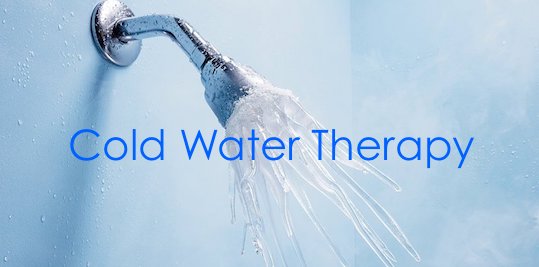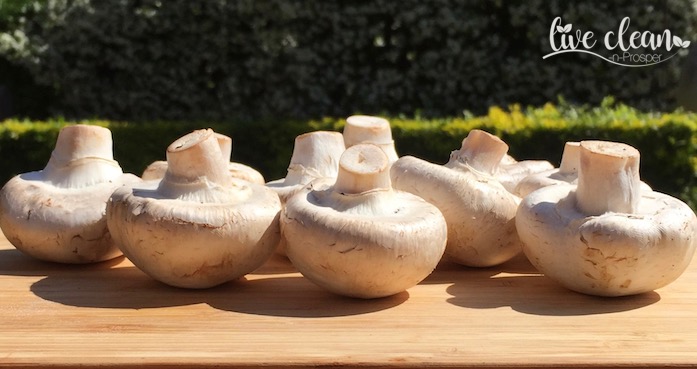Today’s topic is Cold Water Therapy.
A friend of mine commented that after reading my post on the Brain – Body connection and Set Point theory, he had started using ‘Cold Water Therapy’ to reset his metabolism.
I had not heard of Cold Water Therapy being used in this way. So it was time for some Internet research.
I was amazed at what I learned.
Hydrotherapy (the use of water for treatment) has been around for thousands of years. It is one of the most basic forms of treatment used in natural medicine. It has many names – such as water therapy, aquatic therapy, pool therapy, and balneotherapy.
According to a research article published on the US National Library of Medicine site, the use of water in various forms and temperatures can produce different effects on different system of the body. Cold water immersion induces significant physiological and biochemical changes in the body such as increase in heart rate, blood pressure and metabolism.
Here are the most researched benefits for cold-water therapy.
Cold water for sore muscles
Researchers did find that cold-water baths were better than resting or doing nothing, reducing muscle soreness by about 20%. This is because the cold water lowers the damaged tissue’s temperature and constricts the blood vessels. This helps reduce the swelling and inflammation, and even numbs the nerve endings to bring immediate relief to any pain.
Improved Immune system
Cold-water immersion causes your lymph vessels to contract, forcing your lymphatic system to pump lymph fluids throughout your body, flushing the waste out of the area.
This then triggers the immune system’s white blood cells to attack and destroy any unwanted substance in the fluid. In a way, it’s sort of a domino effect — the cold water affects the lymphatic system, which in turn affects the immune system, which ultimately keeps you healthy.
Improvement in Circulation
Exercise and diet are two well-know ways to improve cardiovascular circulation. However, cold-water immersion can also stimulate blood flow. When you immerse your body in cold water, the blood rushes to surround your vital organs. Your heart then is forced to pump more efficiently, pushing blood through all your vessels and supplying every part of your body with the oxygen and nutrients it needs. Do this on a routine basis and you can help promote healthy blood circulation, and, ultimately, a healthy body.
A way to feel happy
A 2007 research study found that cold showers can help treat depression symptoms, and if used on a routine basis, may be more beneficial than prescription medications. The reason for this is that cold-water triggers more mood-boosting neurotransmitters in the brain, which make you feel happy.
And finally, Cold-water therapy can boost the body’s metabolism.
Cold showers and other types of cold-water or ice therapy may also help boost your fat-burning abilities.
According to a 2009 study, cold water can promote healthy brown fat. Brown fat is the good fat our bodies generate to keep us warm and is activated when exposed to extreme cold, and helps eliminate the white fat. White fat is the body fat that piles up around our waistlines and thighs when we consume too many calories.
Sources : www.ncbi.nlm.nih.gov & www.tonyrobbins.com
Always use common sense when engaging in cold-water immersion. Listen to your body and work up to the more advanced ice therapy techniques gradually.
Of course, cold-water immersion should not be considered a substitute for diet and exercise, though it would make an excellent addition to our daily routine.
Till the next post,
Live Clean n Prosper


